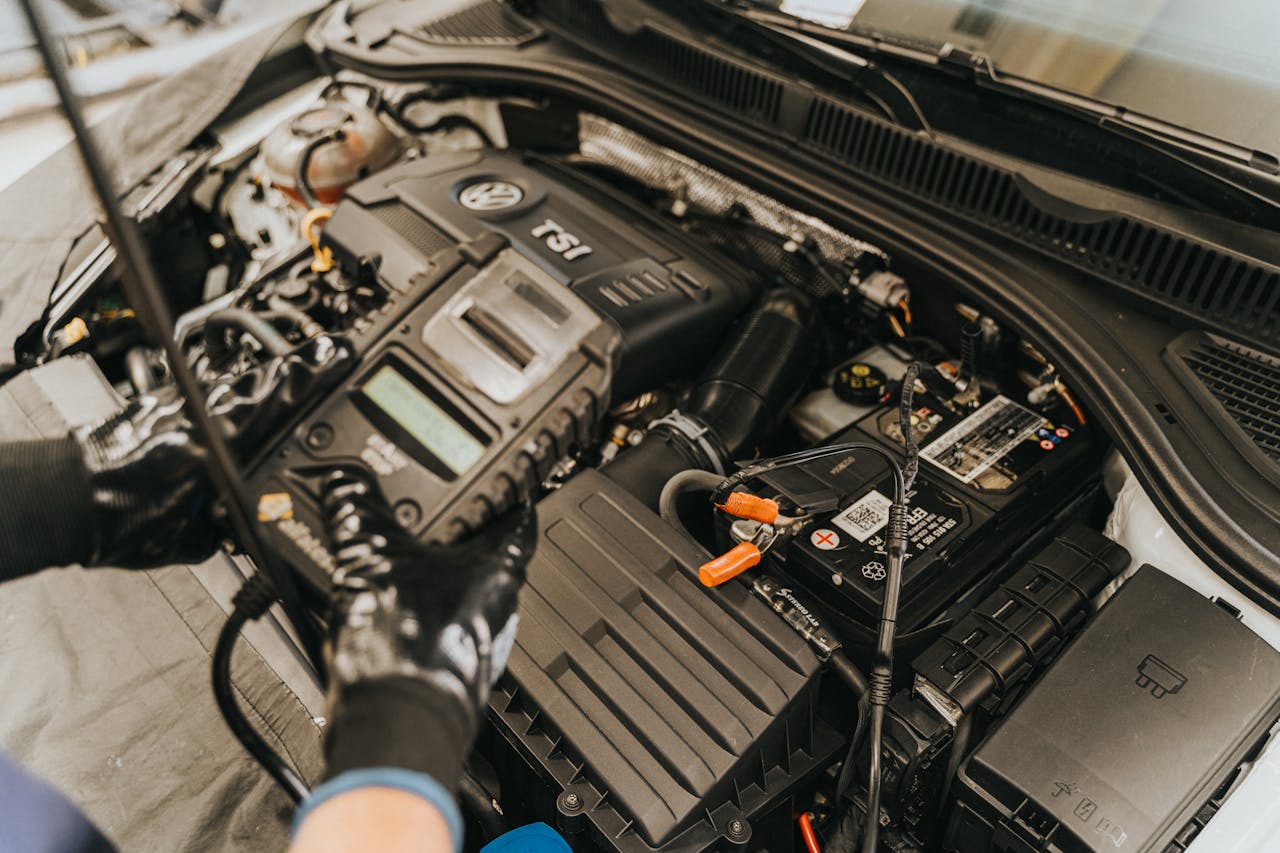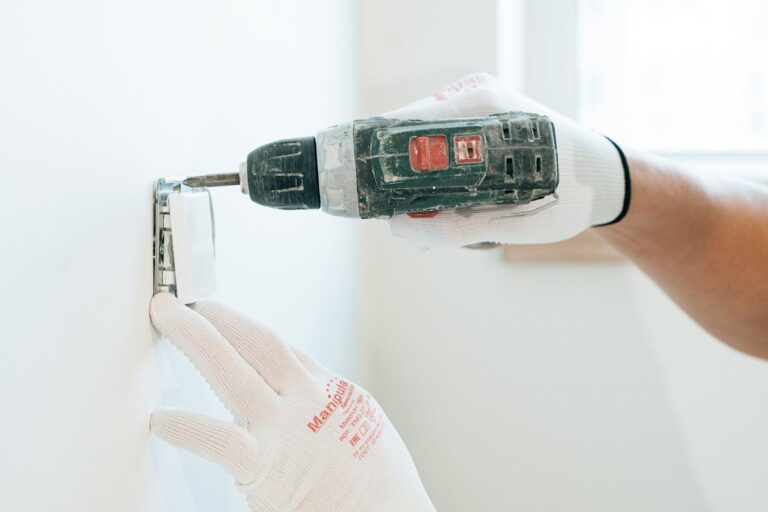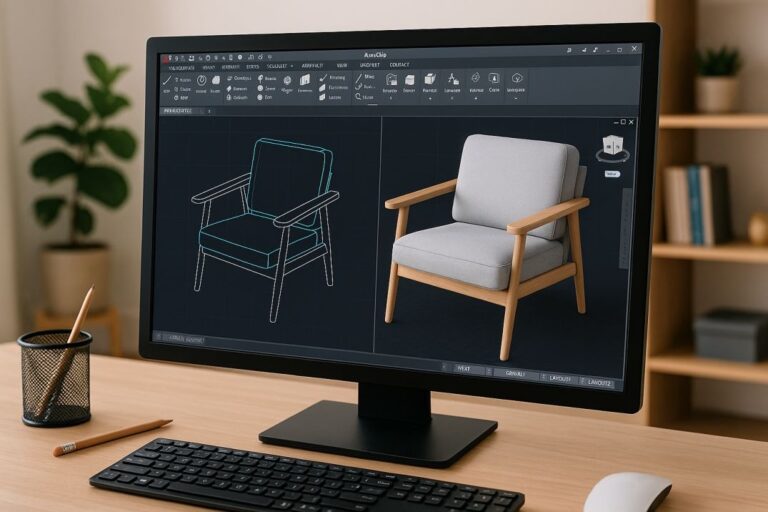
If you’ve ever tinkered with drones, RC cars, or even some DIY projects, chances are you’ve come across the LiPo battery. Small, powerful, and kind of fussy if we’re being honest. They’re brilliant pieces of tech, but they’re also unforgiving if you treat them wrong.
And here’s the thing: a lot of people do treat them wrong. Not on purpose, of course. More out of habit, or not knowing better. Which is why I thought it’d be good to run through some of the most common mistakes people make with these little power bricks, and more importantly, how to sidestep them.
Mistake #1: Overcharging Because “More is Better”
It’s tempting. You’ve got a charger, you’ve got a LiPo battery, and the logic goes, just charge it all the way, every time. Keep it topped up. Simple, right?
Not so much. Overcharging is basically a LiPo’s worst nightmare. It puts stress on the cells, shortens lifespan, and if you push it far enough, well, things can get ugly fast. Puffing. Heat. Even fire.
The fix? Use a proper charger designed for LiPo batteries. They’re smart enough to cut off at the right point. And if you’re the forgetful type (who isn’t?), never leave a charging LiPo alone. Walk away too long and you’re inviting trouble.
Mistake #2: Draining It to Zero
Another classic slip-up. People think, “I’ll just run it till it dies, then recharge.” Like a phone. But a LiPo battery isn’t your phone. Deep discharges damage the chemistry inside, and once that’s ruined, there’s no coming back.
The sweet spot? Don’t let it drop below about 20 per cent. Most decent devices will warn you or even cut power before you hit danger levels. Pay attention to that. Ignoring it is like running your car until the engine seizes, technically possible, but why would you?
Mistake #3: Storing It Wrong
I’ve seen this so many times. People finish flying their drone, toss the battery in a drawer, and forget about it for weeks. It’s a bad idea. Storing a LiPo battery at full charge or completely flat is a slow death sentence.
What it really wants is a “storage charge,” somewhere around 50–60 per cent. That way, the cells stay stable, and you don’t open the drawer later to find a puffed-up brick. Most smart chargers have a storage setting; use it. In the future, you will be grateful.
Mistake #4: Rough Handling
LiPo batteries are tougher than they look, but they’re not indestructible. Drop one hard enough, pierce it, or squash it under your toolbox, and you’ve got a serious hazard on your hands. A damaged LiPo isn’t just a dud; it’s dangerous.
A bit of common sense goes a long way. Handle carefully, check for swelling or cuts in the casing, and if one looks off, retire it safely. Don’t be the person trying to squeeze “just one more cycle” out of a sketchy pack.
Mistake #5: Using Cheap, No-Name Packs
This one’s tricky because, let’s face it, LiPo batteries can be pricey. It’s tempting to grab the budget version from a no-brand seller online. But cheap usually comes with hidden costs, poor quality control, inconsistent cells, or worse, fake capacity ratings.
Invest in a reputable brand. It’s not just about performance, it’s about safety. A good LiPo battery will last longer, charge more reliably, and be far less likely to fail catastrophically. And when you think about how much your drone or RC gear costs, saving a few bucks on the battery doesn’t seem worth the risk.
The Safety Net: LiPo Bags and Storage
A little side note here, LiPo batteries are safest when stored properly. Fireproof bags or metal cases aren’t overkill; they’re just smart. Nobody ever regrets taking extra precautions, but plenty regret not taking them, especially when a puffed pack decides to vent inside a wooden drawer.
So, What’s the Big Picture?
At the end of the day, a LiPo battery isn’t hard to care for. It just has rules. Respect the charge levels. Store it properly. Handle it gently. Buy decent ones. That’s it. Do those things, and you’ll get heaps of life out of your pack without the drama.
Ignore them, and you’ll burn through batteries (maybe literally) faster than you expect.
Why This Matters More in USA
Here’s the part that often gets overlooked. In USA, with so many hobbyists, drone operators, and even small businesses depending on portable power, the demand for LiPo batteries has surged. Which means the mistakes are multiplying too.
And because these batteries aren’t always forgiving, more people are turning to professional services for testing, balancing, and recycling. It’s not about being paranoid, it’s about being smart. Treat the LiPo battery like the powerful tool it is, not just a disposable gadget.
Also Read: FPV Battery Guide: Powering Your Drone with Confidence
Final Thought on Lipo Battery
LiPos are like pets. They don’t ask for much, but if you ignore their needs, they’ll bite back. Keep them in their happy zone, not too full, not too empty, stored just right, and they’ll serve you well.
Mess it up, and you’ll learn the hard way why every experienced hobbyist swears by those “boring” safety tips.So next time you plug in, pause. Give the LiPo battery from RC Battery a little respect. It saves you money, time, and a whole lot of hassle down the track.








